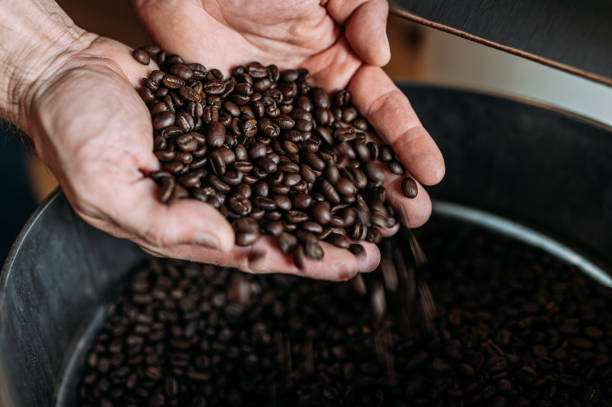
The flavor of your coffee is contingent on the origin and kind, altitude, cultivation, processing, and the process of brewing. If we had to concentrate on one factor which has a major impact on the flavours you enjoy, it is the roasting process of coffee beans.
The roasting process เมล็ดกาแฟ is around since civilisation realised the possibility of making a delicious, potent beverage from the cherries of a coffee plant. Since the beginning of time when peeled beans were cooked over an open flame roasting coffee beans has undergone numerous refinements throughout the ages.
Today, roasting coffee beans is seen as simultaneously an art and science. Poorly trained roasters could ruin beautiful coffee beans. To get the real nature of any green coffee is a matter of patience, experience, and calculation as well as that "sixth sense" of the roaster.
Let's now take a more in-depth review of the coffee roasting process and how it affects the brews you enjoy every day.
Roasting coffee beans is like cooking. Roasters must be attentive to the beans, much like a chef does when he cooks food to perfection. From the moment, the beans are struck with heat , and then through various stages of roasting, a great roaster intuitively is aware of what to do.
Doing the dishes before roast
Even before the เมล็ดกาแฟ roasting process begins roaster needs to complete his research. He must be aware about the beans he is going to roast, including the type, variety and flavour note it may have. Then, he can develop a roasting profile in order to draw out the unique characteristics of each bean. Now it's the time to roast.
How to roast coffee beans, minute-by-minute
Drying can take between one and three minutes. This is the first step in the roasting process. The coffee is still green at this point. It's been processed and harvested (through natural or wet coffee processing) and may contain between 10-12 percent water. This amount of moisture has to be removed when the beans are heated, and then roasted. This usually takes about three minutes during the roasting process.
Light brown to yellow (from three to eight minutes). Different changes begin to take place after the beans have been removed of moisture and water. The beans' color changes from yellow to green and eventually changing to light brown. This indicates that the sugars in the beans are breaking down and the chemistry of the beans changes. It could also be a toasted or grassy grain scent emanating from the drum that is roasting.
First crack: From eight to eight and half minutes. When heat pressure increases within the beans, the beans try to escape. This causes the first crack in which the beans explode. The sound is a clear popping sound. The beans expand when the heat releases. The initial crack stage of beans is only temporary because they absorb heat before releasing it. This makes roasting very vital.
Development (from 8:45 to 10 minutes). This is the primary roasting stage. There are many chemical changes that occur in the เมล็ดกาแฟ significantly affecting the flavor and aroma. If the stage of development is too long, the beans turn acidic. Too hot, and the beans' sugars will increase in caramelization. The roaster's capacity to decide how long beans will develop and create their unique roasting profile is entirely his own.
Finalization of roasting. When the roaster has reached the roasting profile you desire, the roaster will quickly remove the beans from the roaster and allow them to cool quickly.
De-gassing. The beans are allowed to de-gas for 15 to 24 hours in a breathable container. They are typically bags with one-way valves that allow gas to escape. These beans are fully developed before being made ready for brewing.